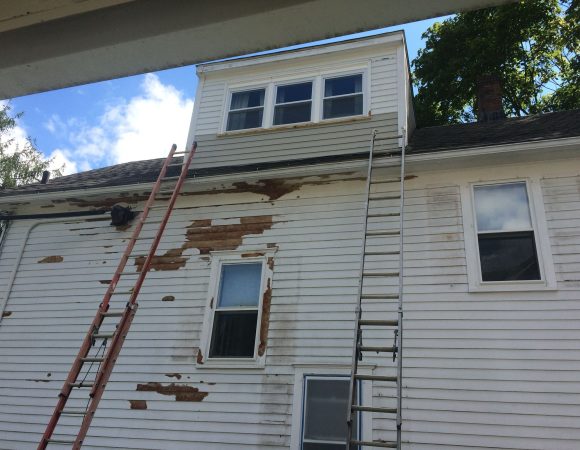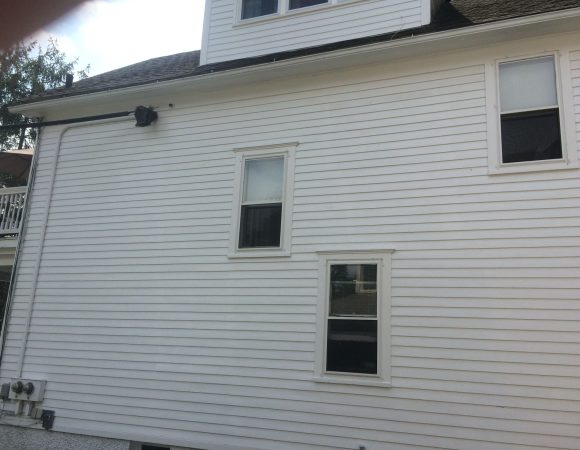First and foremost, routine inspections can help detect potential problems early. Small cracks, missing shingles, and minor leaks may not seem urgent, but if left unchecked, they can lead to significant structural damage over time. Experts recommend scheduling a professional roof inspection at least once or twice a year, especially after severe weather events. Identifying and fixing minor issues before they worsen can save you thousands of dollars in repairs.
Another major reason for regular maintenance is preventing water damage. A leaking roof can lead to moisture buildup, which encourages mold growth, weakens your home’s foundation, and damages interior walls and ceilings. Water intrusion can be particularly devastating if it goes unnoticed for an extended period, leading to extensive and expensive restoration work.
Proper gutter maintenance also plays a crucial role in your roof’s health. Clogged gutters can cause water to pool on your roof, increasing the risk of leaks, ice dams in colder climates, and eventual deterioration. Keeping your gutters clean and free of debris allows for proper drainage, reducing stress on your roof and preventing unnecessary damage.
Moreover, regular maintenance enhances energy efficiency. A well-maintained roof provides better insulation, helping regulate indoor temperatures and reducing strain on heating and cooling systems. Damaged or aging roofs, on the other hand, can lead to air leaks and higher energy bills as your HVAC system works harder to maintain a comfortable environment.
Lastly, investing in regular maintenance extends your roof’s lifespan. Most roofs are designed to last between 20 to 50 years, depending on the materials used. However, neglecting upkeep can significantly reduce their longevity. By performing routine maintenance, addressing small repairs promptly, and keeping your roof clean and debris-free, you can maximize its lifespan and avoid premature replacement costs.
Taking a proactive approach to roof care ensures the long-term durability of your home’s most essential protective layer. Don’t wait until a major issue arises—schedule regular inspections and maintenance to keep your roof in top condition for years to come.


